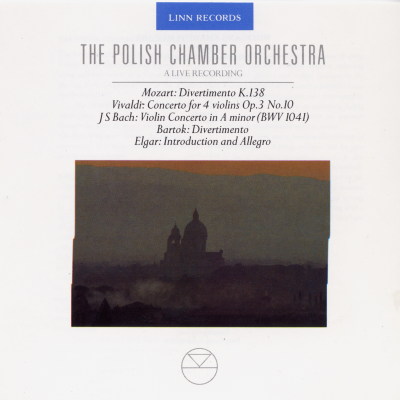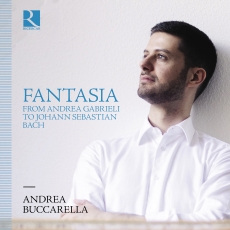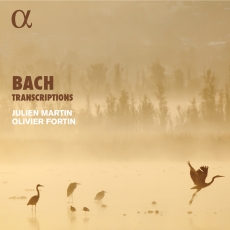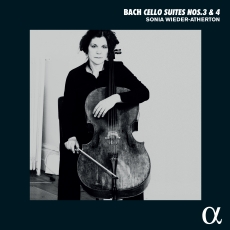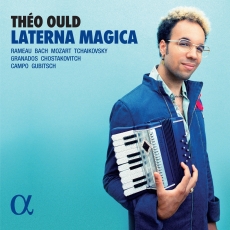Live: Mozart, Vivaldi, Bach, Bartok and Elgar
Live: Mozart, Vivaldi, Bach, Bartok and Elgar
Choose quality
CD Quality FLAC
- CD Quality ALAC
- MP3
- Divertimento K.138Composer(s) Wolfgang Amadeus MozartArtist(s) Jan Stanienda
Divertimento K.138
10:59$2.70 - Concerto For Four Violins Op. 10Composer(s) Antonio VivaldiArtist(s) Jan Stanienda
Concerto For Four Violins Op. 10
09:15$2.70 - Violin Concerto In A Minor BWV 1041Composer(s) Johann Sebastian BachArtist(s) Jan Stanienda Jan Stanieda - violin
Violin Concerto In A Minor BWV 1041
13:28$3.70 - DivertimentoComposer(s) Bela BartokArtist(s) Jan Stanienda
Divertimento
22:32$5.20 - Introduction And AllegroComposer(s) Edward ElgarArtist(s) Jan Stanienda
Introduction And Allegro
13:00$3.70
Total running time: 69 minutes.
Album information
The Polish Chamber Orchestra, directed from the violin by Jan Stanienda, play a programme of string orchestra music in a live recording from the City Halls, Glasgow as part of the ‘Mayfest' Arts Festival 1990.
The Divertimento K. 138 by Mozart which opens the concert is charmingly simple. Thought by some to be an early quartet, since only four string parts exist on the original 1772 manuscript, it is most attractive as performed here by string orchestra.
Following this there are two baroque concerti grossi; the Concerto for Four Violins, composed c.1702 when Vivaldi was only twenty two and the Concerto for Violin in A Minor, by J.S. Bach. Each demonstrate the subtle interplay between tutti and soli. In the two Allegro movements Vivaldi makes use of the variety of combinations open to him with soloists actine sometimes alone, sometimes together. With only one soloist Bach is more concerned with integrating the soloist with the orchestra. In the first movement he weaves them together in free Rondo form. The final gigue-like Allegro assai also gives the solo violinist some opportunity for some virtuosic display such as the brilliant string crossing passage which decorates thew second episode.
Though separated from Bach and Vivaldi by about two centuries, Bartok's Divertimento and Elgar's Introduction and Allegro, both owe a great deal to the concerto grosso tradition. Bartok juxtaposes the forces of string quartet and full orchestra textures achieving the most effective and violent contrasts in the second movement. For instance a poignant Lento section for the string quartet twice interrupted by ‘agitato' strings. This gives an underlying feeling of grief which perhaps mirrors his personal feelings in this turbulent wartime period.
Elgar also uses baroque-like contrast of string quartet and string orchestra and the form of the Introduction and Allegro is also reminiscent of that era. Elgar is undoubtedly a Romantic composer a fact underlined by his rich divisi for scoring strings. Diverse material ranging from harsh pizzicati to fugal writing with even a rousing tune marked ‘smiling with a sigh' are all smoothly incorporated into one flowing and integrated movement.
